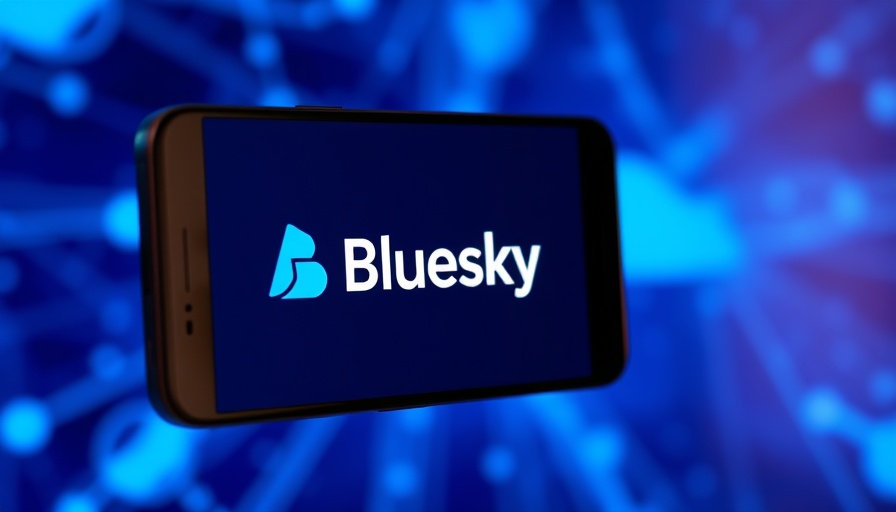
Understanding the Digital Divide in Nigeria
A recent report from the GSMA reveals a stark reality: six out of ten Nigerians remain offline due to the prohibitive costs of smartphones. In a country where over 84% of broadband connections rely on mobile devices, this gap in digital access significantly hinders various aspects of everyday life, from accessing education to obtaining health services and managing financial needs.
The Cost of Connectivity
With the average smartphone's price rising from $50 to $54 between 2023 and 2024, the affordability barrier has never been clearer. For many Nigerians, especially the rural population, the median cost of an entry-level smartphone consumes an alarming 87% of their average monthly income. Coupled with the grim reality that 63% of Nigerians live in multidimensional poverty, reaching for that smartphone becomes a luxury few can afford. Today's currency issues, driven by reforms from Nigeria's Central Bank, have only further exacerbated this situation, increasing the cost of devices.
Comparing Global Internet Access
Nigeria is not alone; this issue reflects a broader trend in Sub-Saharan Africa, the region facing the lowest mobile internet usage globally. Comparative statistics amplify Nigeria's struggle—only 29% of its population uses the internet, a mind-blowing figure when juxtaposed against over 75% in regions like North America and Europe. The number of Nigerians without mobile internet is alarming, totaling around 130 million as of 2024.
The Importance of Smartphones Beyond Connectivity
Smartphones serve as more than just vehicles for connecting to the internet; they represent access to essential services. Health care, education, banking, and commerce increasingly rely on mobile connectivity. Adeolu Ogunbanjo, from the National Association of Telecoms Subscribers, addresses this necessity, emphasizing that in a modern world, smartphones have become essential tools rather than mere conveniences.
Potential Solutions: The Market's Response
In light of these challenges, a positive development has emerged—entry-level smartphone markets are booming. Brands like Transsion and Xiaomi have stepped in, focusing on the budget-conscious consumer with affordable devices under $100, and in many cases, even less. As these manufacturers tap into a thriving market, innovative financing options and schemes are also being explored to help bridge the digital divide.
Future Outlook: Bridging the Digital Divide
Looking ahead, how can Nigeria close this gap in smartphone ownership and internet access? Financial incentives, both from government and private sectors, could play a crucial role. Additionally, cultivating digital literacy and addressing the underlying socioeconomic barriers is equally vital for ensuring that smartphones can operate as bridges rather than barriers in communities.
For Nigeria to evolve in its digital landscape, collaboration across public and private sectors is essential. This multifaceted approach not only holds the promise of increasing smartphone access but also enables comprehensive improvement in the overall quality of life for many Nigerians.
 Add Row
Add Row  Add
Add 




Write A Comment